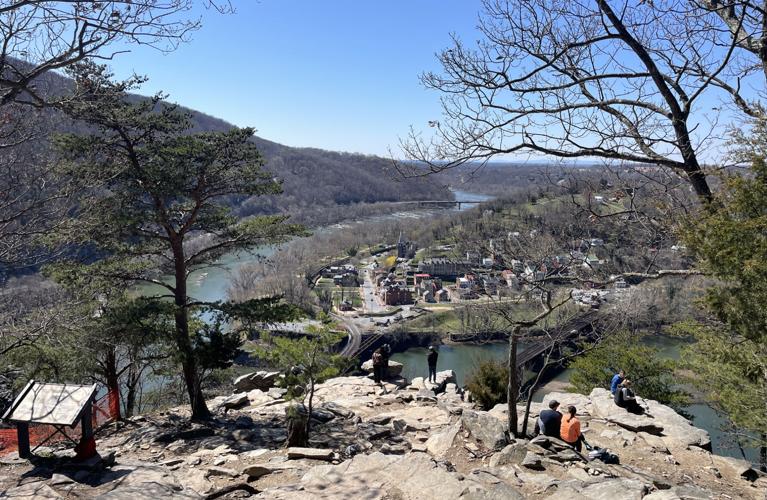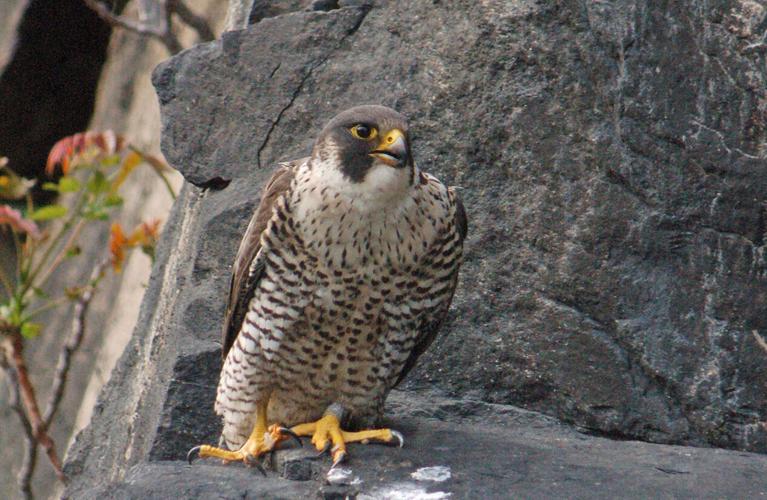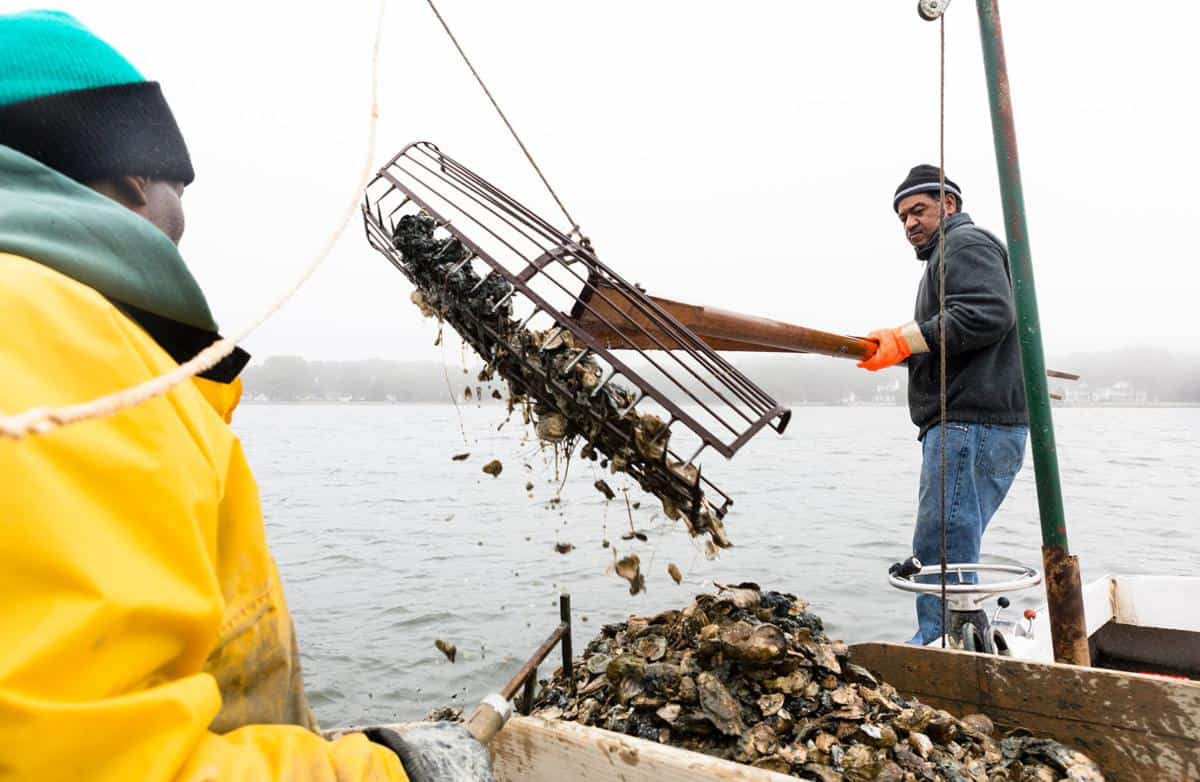Real estate high above the confluence of the Shenandoah and Potomac rivers is certainly desirable. But a stretch of rocky cliffs in Maryland, overlooking Harpers Ferry, West Virginia, is currently off limits to everyone—except peregrine falcons.
In 2021, for the first time in 70 years, a pair of peregrine falcons successfully fledged a chick in a nest tucked into the Maryland Heights rock face. They’ve been making themselves at home ever since. The pair fledged three more chicks in 2022 and another three in 2023. This year, the National Park Service closed part of the area to hiking and rock climbing from mid-February until July 31 during the peregrine nesting season. But the main trail is unaffected, and peregrines can sometimes be seen from above or below.
The Maryland Heights cliff is one of only two natural nest sites known to have been used by peregrines in Maryland since reintroduction efforts began there in 1975. But more of the birds are returning to historic nests, known as aeries, and recolonizing pockets where they had once been considered extirpated.
Having the birds nest again at Maryland Heights was “a real milestone for the population,” said Bryan Watts, founder and director of the Center for Conservation Biology at Virginia’s College of William and Mary. “It’s a tremendous conservation success story.”
In places like Maryland Heights—with the birds again nesting where they long had a foothold—that finally appears to be happening.
Many of the aeries in the region are located along prominent geologic landmarks where visitors can catch a glimpse of their progress.

Peregrines nests are monitored at several national parks that have suitable rock formations, including Virginia’s Stony Man and Knob mountains, visible from popular trails at Shenandoah National Park. Great Falls National Park on the Potomac River historically had nesting peregrines.
The location of their nests, in crevices near wide stretches of powerful rivers, has nothing to do with fish. Rather, the bird’s-eye view gives peregrines, known as the fastest birds in the world, a high angle of attack on their main prey: smaller birds that dare to fly across the open space.
Of the 35 breeding pairs Watts monitors in Virginia, most still use towers that are made specifically for peregrines, or they make use of nest boxes and other structures on the sides of bridges and buildings. But a growing number are taking advantage of the cliffs created in rock quarries.
Peregrine falcons are still considered rare in Maryland and West Virginia and threatened in Virginia. The Migratory Bird Treaty Act protects the species wherever it is found. But the steady presence of a pair near Harpers Ferry, a nexus of national parks and trails, means more visitors could get a view of the fast-diving birds and their fledglings.
Watts said most nesting activity tends to take place in May, when peregrine parents are busy flying back and forth to feed their young. By June, some young birds are learning to fly and hunt for themselves, creating worthy watching for patient onlookers. A good pair of binoculars doesn’t hurt, either. The birds are not only fast but also blend well into the rocky backdrop of their homes.
Despite their proximity to watery expanses, peregrines eat not what swims but what flies. Smaller-bird lovers need not worry though, Watts said. Peregrine numbers in the region are not nearly high enough for that to be a problem for most other bird species.
The Eastern U.S. was estimated to have historically supported about 350 breeding pairs of peregrines. Today, that population has made a strong comeback but still has a long way to go. Virginia supported 35 breeding pairs in 2023, the highest number since the birds’ midcentury decline, with pairs concentrated in the Coastal Plain but also present in the Piedmont and mountains, according to an annual report by the Center for Conservation Biology.
Peregrines have begun to ruffle a few feathers in Virginia’s eastern plains, where the birds have had a strong recovery. Their breeding patterns in that area have shifted, Watts said, to match their peak feeding periods with the migration of hundreds of thousands of shorebirds that come through the area. That means a few shorebirds of conservation concern, such as red knots, have ended up in the bellies of peregrines.
Watts said “purists” might point out that the cliff-dwelling species wouldn’t have had such a strong presence along the coast without intervention. But this point in the peregrine’s regional story is still mostly “positive,” he said, and migrating slowly back toward the mountains.
“We’ve restored them and they’re increasing and moving back into their historic mountain range,” Watts said. “Having these historic aeries being slowly recolonized … that’s really what the goal was.”




